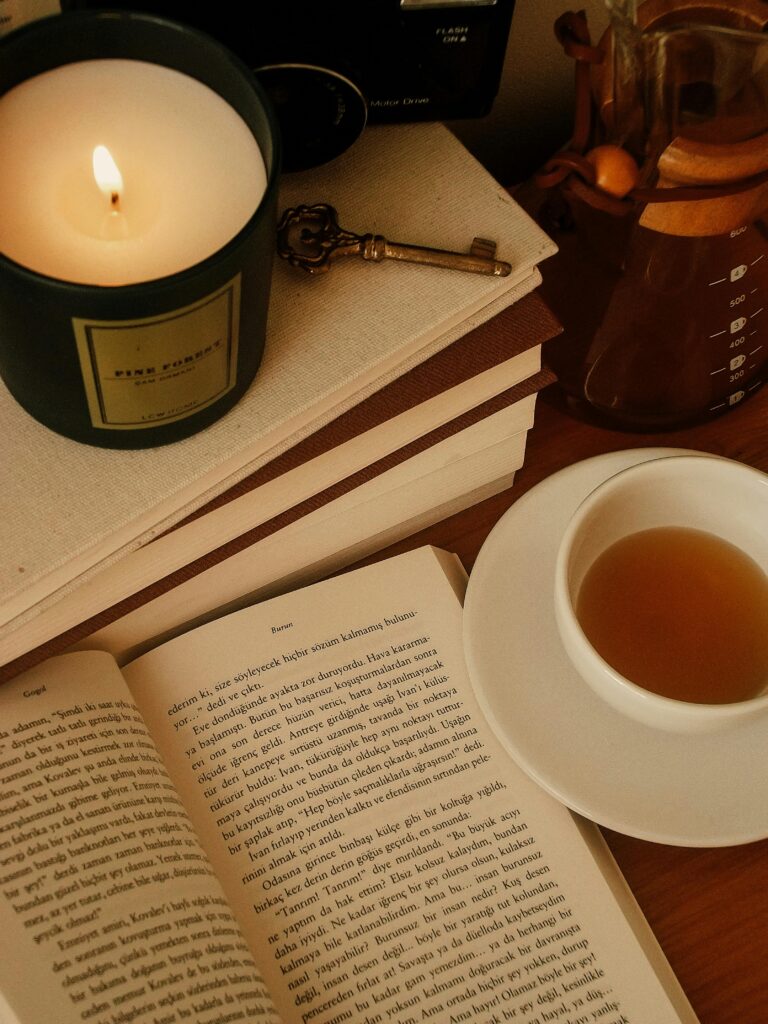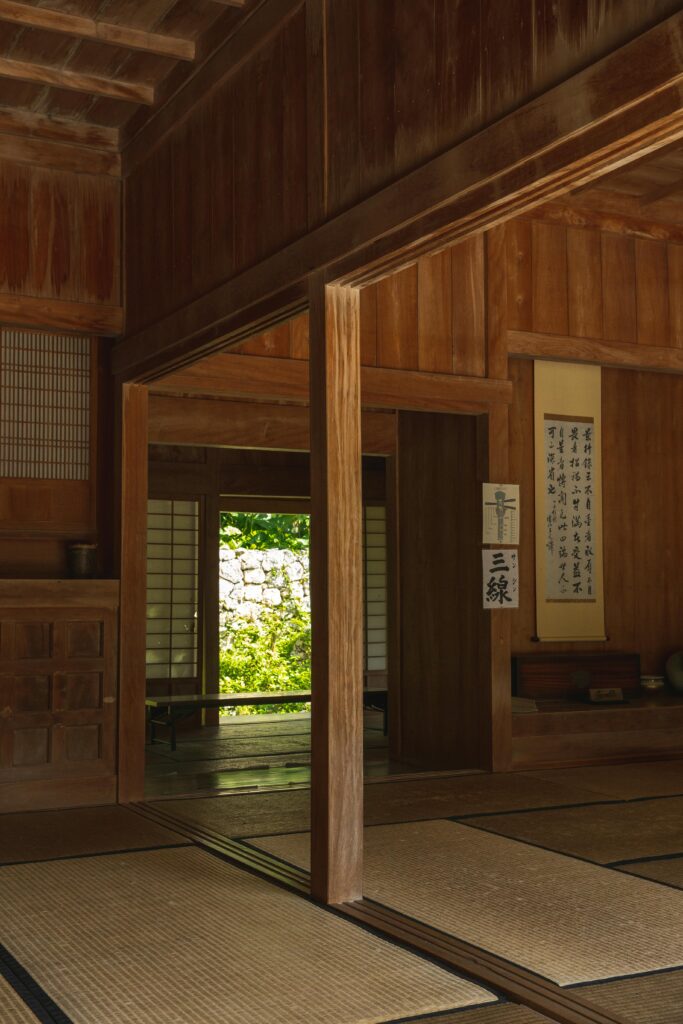
How to Live a Simple Life
The world today is loud and stressful. There’s always something pulling at your attention, making it hard to focus on what truly matters. Society tells us to chase after certain things, but it might not always align with what we want deep down. Learning how to live a simple life can help you reclaim your time, clear your mind, and appreciate the small things.
After reading this article, you will know how to live a simple life. By integrating these practices, you can reduce stress and become a calmer person.
Understanding What You Really Want
Take Time for Reflection
Start taking an afternoon just for yourself. No phone, no interruptions—just a quiet space where you can think. Ask yourself:
- What genuinely makes me happy?
- What are my core values?
- What do I truly want to achieve?
Thinking about these questions helps you figure out what’s most important. Remember, your life doesn’t have to match anyone else’s.
Recognizing Society’s Influence
We’re bombarded with messages about what we should want—new gadgets, fancy clothes, and so on. Take a moment to consider: Do these things reflect your desires or someone else’s expectations? Are you chasing happiness in possessions, or do meaningful experiences matter more?
Declutter Your Space
Look at What You Own
Take a good look around your home. Do you really need everything? That 20th shirt you never wear? Start decluttering by asking:
- Do I use this often?
- Does it bring me joy or serve a purpose?
- Is it worth keeping?
Letting go of excess stuff can create a calmer, more inviting environment.
Make Thoughtful Purchases
While you declutter, think about future shopping habits. Do you really need to upgrade your phone every year? Many people think buying more leads to happiness, but it often doesn’t. Choose to invest in items that truly improve your life.
Breaking Free from Consumerism
Living a simple life means letting go of the endless chase for more stuff. As the Stoic philosopher Seneca said, “It is not the man who has too little, but the man who craves more, that is poor.” Think about how much time and energy you spend trying to get the next big thing. Rather focus on appreciating what you already have and find joy in it.
Managing Your Time

Review Your Commitments
Take a close look at your daily schedule. Are all your activities necessary, or do some exist just to fit in or please others? Scrolling through TikTok for hours might feel fun at the moment, but is it how you want to spend your time?
Focus on What Matters
Decide what your priorities are and let go of commitments that don’t align with them. Maybe it’s skipping events you don’t enjoy or stepping back from draining responsibilities. Simplifying your schedule leaves more room for what truly matters.
Make Time for Yourself
After clearing some space in your life, dedicate it to yourself. Consider:
Enjoying Quiet Moments: Savor a cup of tea or coffee without distractions. Just breathe and enjoy the calm.
Reading a Book: Rediscover your love for reading. Never stop learning in your life.
Walking in Nature: A quiet stroll outside can do wonders for your mood.
Clearing Your Mind
Focus on Positive Thoughts
Your mental space is just as important as your physical space. Fill your thoughts with positivity. Practicing mindfulness or keeping a gratitude journal can help shift your focus from stress to contentment.
Evaluate Your Relationships
Think about the people you spend time with. Are they encouraging and supportive, or do they just drain your energy? Prioritize relationships that add value to your life.
Rediscover Simple Joys
One of the most rewarding aspects of learning how to live a simple life is finding joy in everyday moments, free from unnecessary stress. Find happiness in everyday activities. Whether it’s baking, gardening, or picking up an old hobby, let yourself enjoy these moments without feeling the need to always be productive.
Embracing Minimalism

Understanding Minimalism
Minimalism is more than just getting rid of clutter. It’s about intentionally focusing on what’s truly important—whether that’s your time, your belongings, or your relationships. By doing so, you’ll reduce stress and find greater satisfaction in life.
Aligning with Your Values
Living simply means living in line with your values. Instead of buying things for status, focus on experiences or items that hold real meaning for you. This approach leads to a more purposeful and fulfilling life.
Tips for Achieving a Simple Life
Start Small and Make Gradual Changes
You don’t need to overhaul your life overnight. Begin with small, but consistent steps. For instance, opt for an older phone (no smartphone). It helps you stay present and less tied to social media.
Cancel Subscriptions
Check your subscriptions—streaming services, magazines, etc. Cancel any services you don’t use or that don’t bring you further in life. This saves money and opens up time for more rewarding activities.
Simplify Your Wardrobe
Sell or donate clothes you no longer wear. A smaller wardrobe means less decision-making and less clutter, giving you more appreciation for the items you love.
Conclusion
Ultimately, understanding how to live a simple life is about cherishing what you already have and focusing on what truly matters. Reflect on your goals, clear out unnecessary stuff, manage your time wisely, and nurture healthy relationships. You’ll feel freer, less stressed, and more content. Life isn’t about having everything—it’s about appreciating what you have.
FAQs
Living a simple life means focusing on what truly matters, such as relationships, experiences, and personal values, while removing unnecessary stress, possessions, and distractions.
Decluttering creates a more organized and calming environment. It helps you let go of items that no longer serve a purpose, allowing you to focus on what adds value to your life.
To break free from consumerism, focus on appreciating what you already have, make thoughtful purchases, and prioritize experiences over possessions.
Yes, minimalism can reduce mental clutter, lower stress, and increase happiness by creating space for meaningful activities and relationships.
Start by sorting items by category, asking yourself if they bring joy or are used often, and donating or selling items you no longer need.
Further Reading and Resources
Explore More on Our Blog – Related Articles You Will Like!
Recommended External Resources
How to Simplify Your Life | Minimalist Philosophy by Einzelgänger